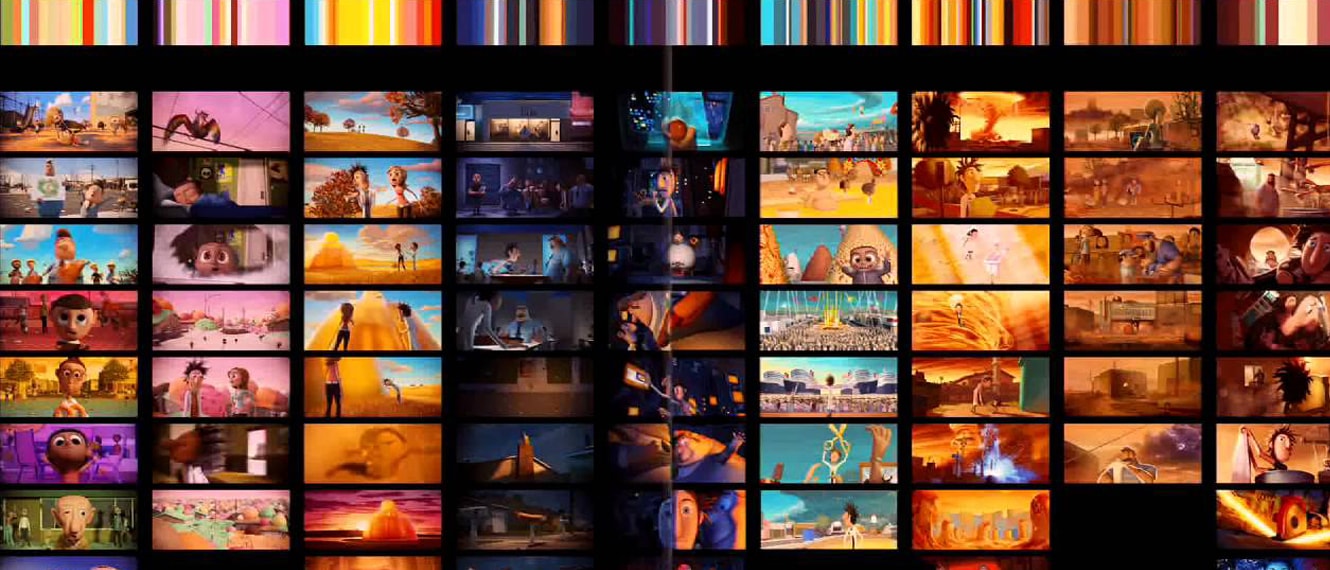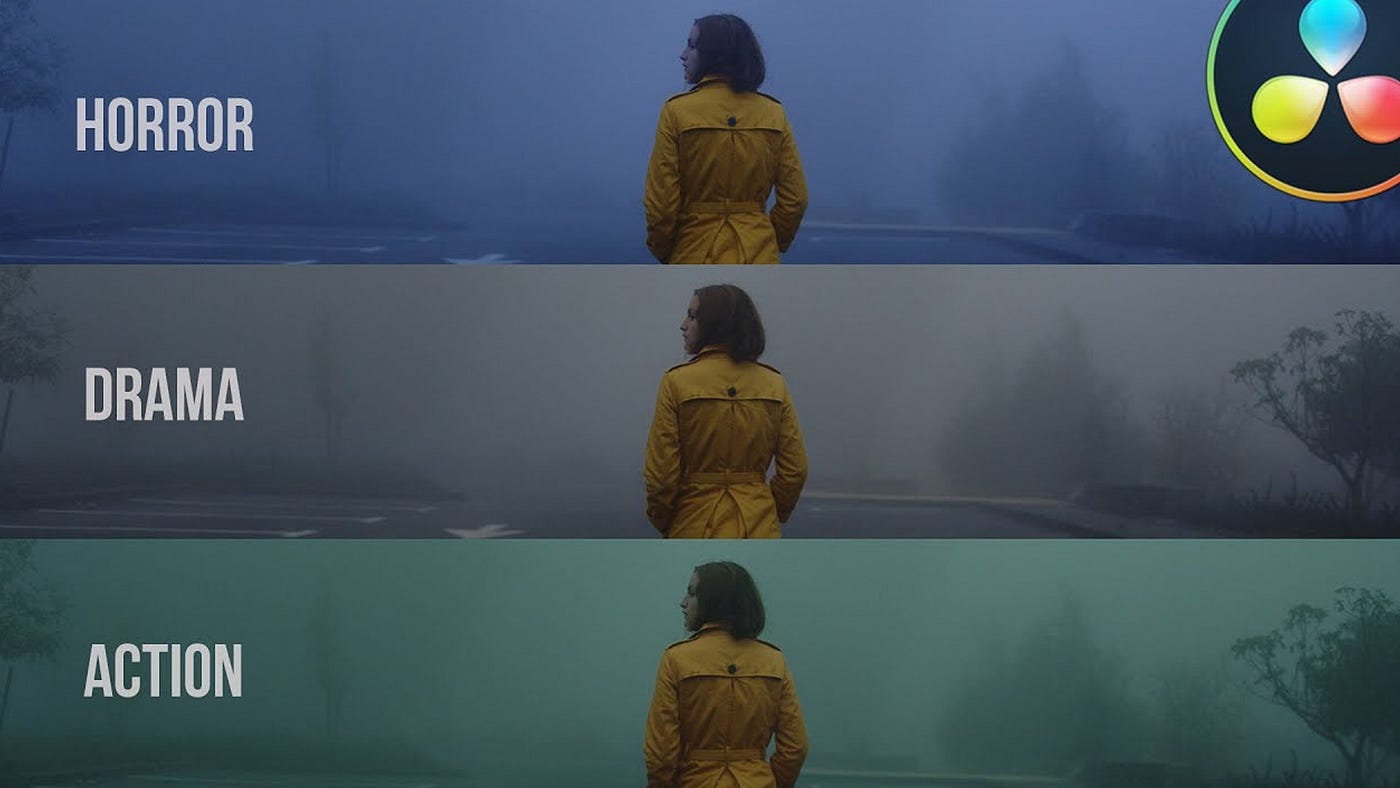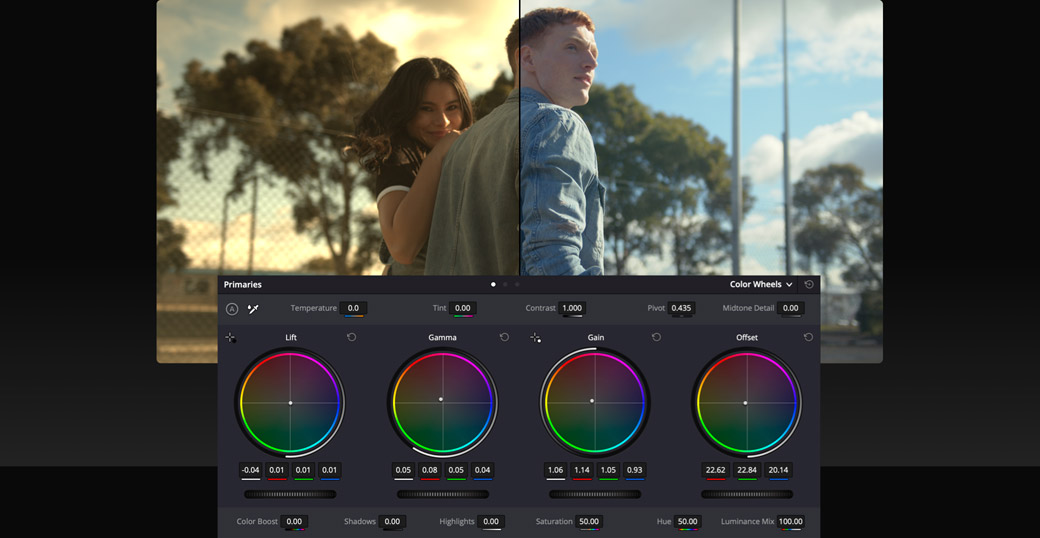Colour Spaces, Profiles, Grading and Management
Technical information for how to consider and approach the use and need.
You can use the MENU at the RIGHT to go between pages in this How To Booklet.
Click the "<" at the top right if you do not see the menu.
1. What is Colour Correction and Grading?
The role of colour in animation is so enormous, and is established early on in the creative development of the project. Our use of processes and tools includes the very controllable digital softwares, like Photoshop, harmony and TV Paint. But animation
creation also includes various hand-based materials and methods, such as paper, clay, cut-outs, puppets and mixed medias.

Colour CORRECTION involves modifying colour and luma qualities to get it to have the proper set of colours.
Colour GRADING is a creative choice and about setting mood, energy and meaning through colour.
Both of these activities can affect colour hues, colour relationships, tint and saturation, brightness, contrast, and white and black values.
2D digital animation usually has less of a need for colour correction if it's been completely created and worked on in a software. But, the application of effects and compositing may influence this. Also, if original colour choices have been made without a colour correct professional monitor and high quality graphics card, you may in for some surprises when seeing your rendered movie through professional projectors and displays.
Stop-motion and camera-shot material has a need for correction because of the various real-world influences of lighting, exposures, and luma / colour balance in the camera settings. You might not even notice how a light's bulb can have a slight shift in its brightness and colour as it ages.
3D digital animation relies much more on colour correction because of all of the variables in simulated lighting, surface textures, effects and compositing.
What This Involves
Colour Scripts

Colours have various mood connotations, and combining them can subconsciously make the viewer experience different emotions. The main goal is to craft and use colours to serve the story expression and experience in one way or another.
Color scripting is a process of mapping out the colour, lighting, and emotional connotations of an animated video in an animation or film. A colour script is a sequential and visual outline, explaining how colours will be used throughout the length
of the animation or film.
Colour Picking

This is an early stage process of reviewing a colour palette or application of these colours using a proper colour correction environment. It's a good idea to do this before colours are applied to your entire animation. It will help to confirm or reveal surprises in your colour choices.
While digital screening devices can display a very wide range of colour, there are limits. Choosing highly saturated and out-of-range colours can leave you with surprises at how dull and unrelated some colours can look in your colour palette.
Our Animation Program has professional quality, colour correct calibrated display monitors on a computer that has a high-end BlackMagic graphics card. PLEASE USE THIS to review your initial colour selection plans and to make final colour choices.
Colour Correction
Colour correction is a process to fix colour problems and correct any deviations from the standard and planned colours in a project. It is widely used in animation, film, television, photography, print artwork, and more.
The main objective of this process is for colours to look clean and as close as possible to what they should be. In animation, "real" colour is relative to the project and its relationship to the "real world", but there is always a baseline for what the project puts forth as it's filmic world colours. Adjustments may be applied to the footage by adjusting the related qualities.
Some correction might happen in the project's production, before scenes are completed and rendered. Post-production colour correction takes place after shots are rendered, using appropriate software and viewing systems.
Colour Grading

Colour grading choices come from a creative point of view. Color correction and colour grading are two different types of colour manipulation processes; however, their names are often used interchangeably. They look similar from
the technical point of view, but different in how and when they are used. After the rendered video is colour corrected, the aesthetics and thematic properties of the project can be improved through grading.
The aim colour grading is to improve the look of a project by adding new and/or other colours to the environment, or adjusting different attributes of an image such as saturation, colour, contrast, white balance, black level, noise level or sharpness; impacting the overall tone of the entire project to reach a certain look.
The right colour grading helps support the intentions of the colour script, for the purpose of conveying a certain visual mood to heighten the narrative experience.
Colour grading is an activity that takes place during post-production, using appropriate software and viewing systems.
